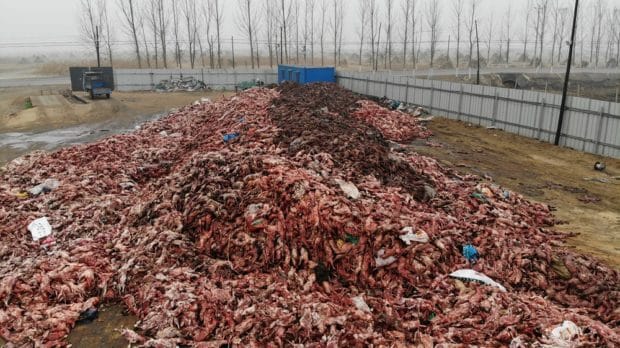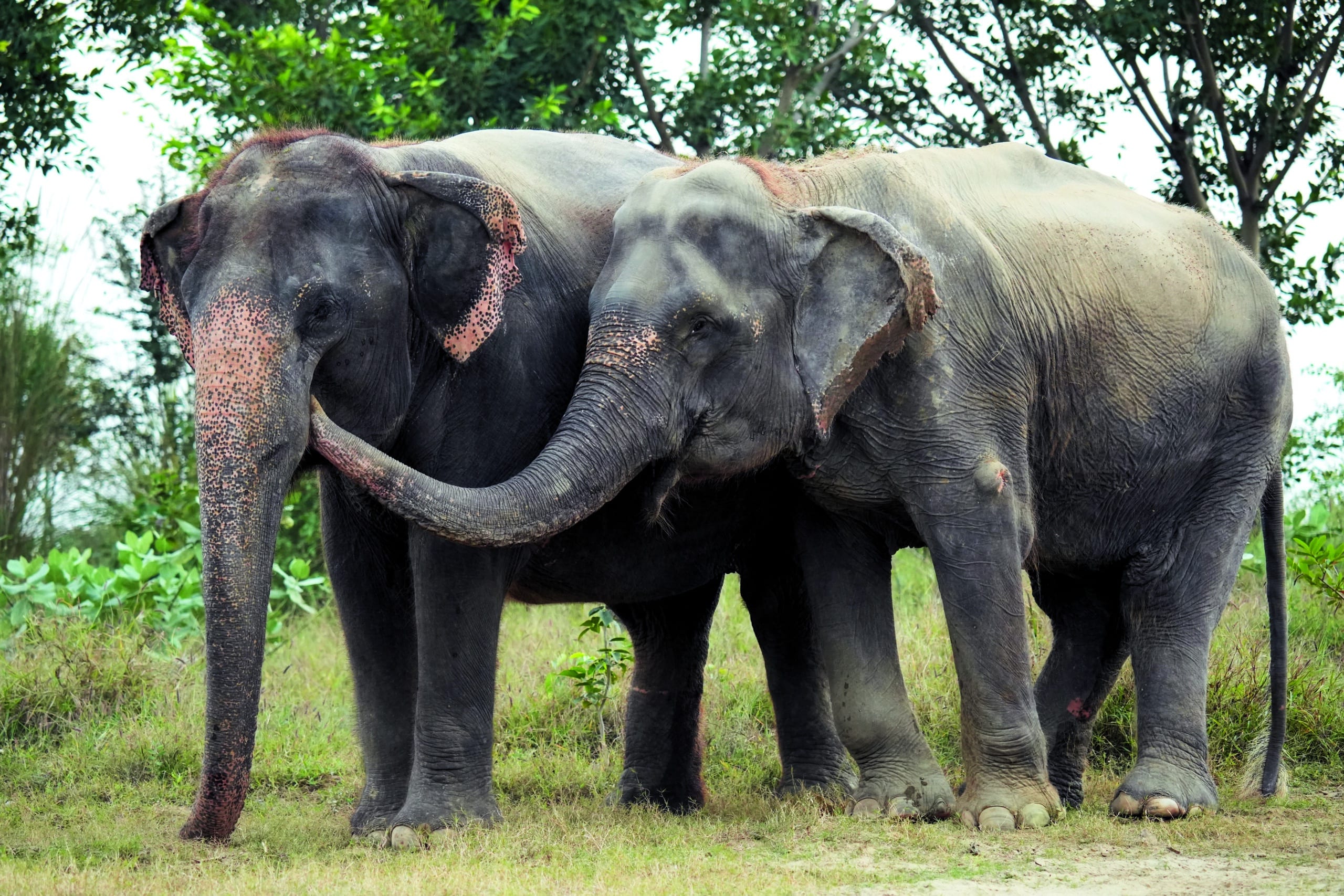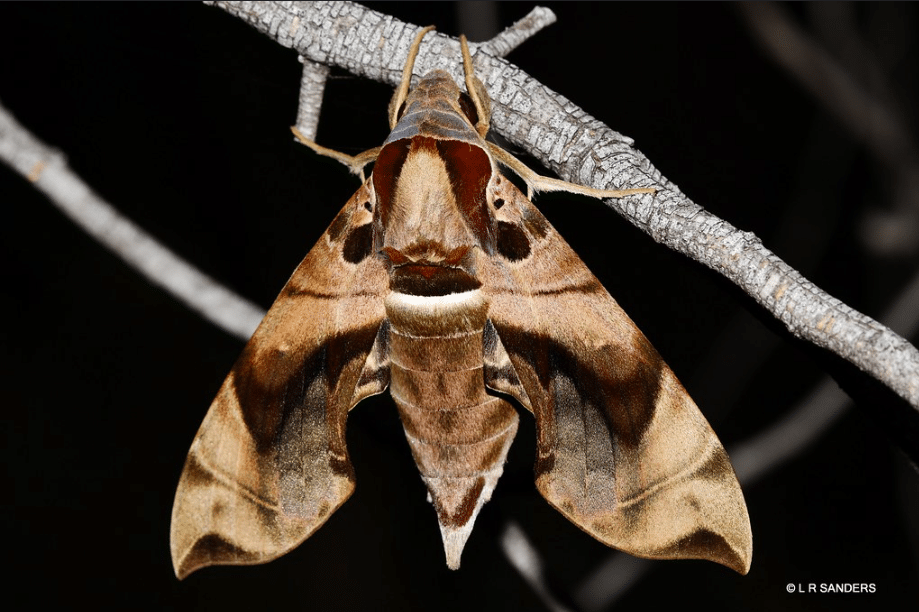You might remember Kalpana—I am happy to report that this year she celebrates her fifth rescue anniversary at Wildlife SOS. Formerly exploited and abused as a ‘begging’ elephant in Uttar Pradesh, Kalpana was rescued in 2019 and brought to the Wildlife SOS Elephant Hospital Campus (EHC) in Mathura for comprehensive...
WARNING: This article contains graphic and distressing content
The cruelty of fur is on terrifying display in these scenes from a fur farm, captured on video by investigators working with Humane Society International. Foxes are pulled out of their cages, one by one, usually by their tails as they try to cling to the wire walls in terror. Each is thrown to the ground and repeatedly bludgeoned in the head and face with a metal rod. The animals struggle and tremble, badly injured but not yet dead. The ground is stained with the blood that pours out of their heads.
Moments later, if you can still bear to watch (warning: the linked video contains graphic images), you’ll see men skinning the animals, some still alive, after which their bodies are dumped like trash. The camera moves to a pile of discarded carcasses, including one skinned animal who raises his head, slowly and painfully.
It’s hard to imagine a worse way to die. But the lives of the nearly 100 million animals killed each year for their fur, including foxes, raccoon dogs and mink, are hardly any better: they spend all of their days in captivity at fur factory farms like these. As you see in the undercover footage, the animals are crammed into tiny wire cages where they can barely move. It’s the only space they’ll ever know, and it is a terrible one. Faeces pile up under the cages, and their water bowls are either dry or a fetid pool of algae. The animals are never seen by a veterinarian, and many exhibit symptoms of mental distress and decline.

Investigators filmed this footage at 11 randomly selected fur farms in one of the top fur-producing countries in Asia. We are choosing not to reveal the country in order to protect the identity of the investigators. Besides, it’s important not to lose sight of the true culprits here: fur factory farms like these would not exist if designers, retailers and consumers did not provide a market for these cruel products.
With growing awareness about the immense suffering of animals in the fur industry, major fashion houses and retailers the world over have shunned it. In the last few years alone, we have worked with major fashion brands and retailers, including Macy’s, Bloomingdale’s, Prada, Gucci, Armani, Michael Kors, Jimmy Choo, YOOX Net-A-Porter, Farfetch, Donna Karan, Burberry, Coach and others, to announce fur-free policies. California last year became the first U.S. state to ban fur, and we are working to pass similar bans in cities and states across the United States, including Minneapolis, Rhode Island and Hawaii.
Globally, HSI has kept up the momentum against fur. HSI/United Kingdom spearheads the campaign to make Britain the first country in the world to ban the sale of fur. The U.K. banned fur farming two decades ago but still imports tens of thousands of pounds of fur each year. More than a dozen European countries, including Austria, the Czech Republic and Norway, have also banned fur production.
The Netherlands, once the third largest fur farming country in the world, banned fur production in 2013 with an 11-year phaseout. But in recent months, the coronavirus crisis has added even more urgency to end the fur trade there and around the world. After two fur farm workers in the Netherlands were reported to have contracted the virus from infected mink, the country killed hundreds of thousands of mink, most of them pups, on 20 Dutch fur factory farms to stop any further spread of the virus. The Dutch government is now considering a permanent closure of all mink fur farms in the country. Denmark, which is Europe’s largest mink producer, has also discovered infected mink on three fur farms. Infectious disease experts had already warned fur farms could act as reservoirs for the disease, and with this cull, we have seen even more needless suffering play out for these animals.
The fur trade has nothing to offer except the worst sort of cruelty for a product no one needs. So many warm and stylish alternatives indistinguishable from animal fur are now widely available to consumers, and even a single animal bred and killed for their fur is one too many. This gruesome video is a reminder that we still have a long way to go, but we won’t stop until this cruel commodity is wiped out for good, and no animal is beaten to death and skinned alive on a fur farm anywhere in the world.
Update from Australia:
In 2018 Australia imported fur, skin and artificial fur valued at US$17.65 million 1 from China, US$1.33 million 2 from Italy, US$980,260 3 from India, US$90,520 4 from Poland, US$48,630 5 from Finland, and US$44,840 6 from Thailand, but progress against the fur industry is being made. Sydney’s Inner West Council is the third council to pass a Notice of Motion to ban the sale of fur on their land, following in the compassionate footsteps of the City of Sydney and Canterbury-Bankstown Councils. With evidence that animal fur is often mislabelled or sold as faux fur in Australia, it’s time to keep cruelty out of your wardrobe and use our Fur Free Retailer List to help support a fur-free future.
Warning: Video below contains graphic images
To subscribe to our blog click here.
Kitty Block is President and CEO of the Humane Society of the United States and President of Humane Society International, the international affiliate of the HSUS.
Photo by HSI


